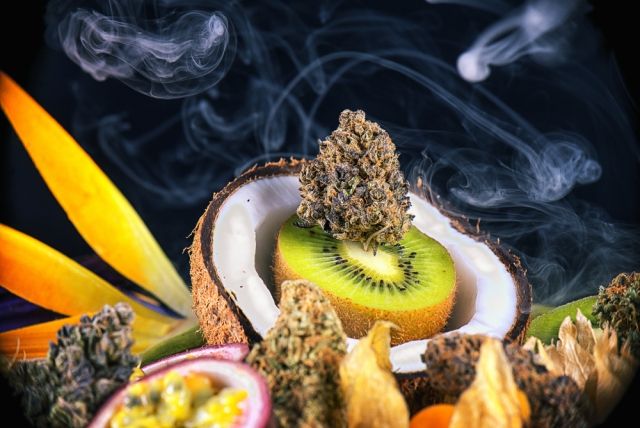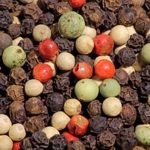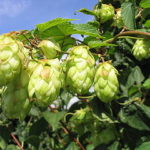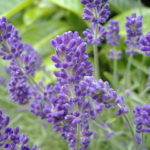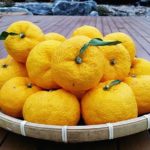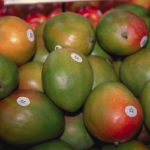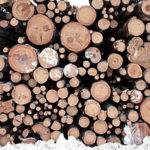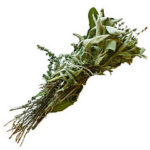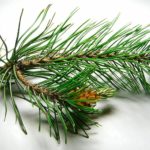Terpenes are, by definition, “a large group of volatile unsaturated hydrocarbons found in the essential oils of plants, especially conifers and citrus trees.” And cannabis.
Terpenes and terpenoids (more complex hydrocarbons), are produced by various plants and are typically strong smelling–they are the compounds that give pine its characteristic bracing scent and makes lemons smell citrus-y.
Both natural and synthetic terpenes are used to create common household cleansers, like pine-scented disinfectants, as well as all sorts of air fresheners, perfumes, scents and flavorings for many, many other products. Terpenes are also used commonly in wood lacquers, and other industrial products. Now, with interest in cannabis increasing, researchers have found that cannabis-derived terpenes also have a therapeutic effects.
One of hundreds of chemical entities that can be derived from cannabis, terpenes are considered by some to have an “entourage effect” in combination with cannabinoid compounds also found in cannabis. Cannabinoid tetrahydrocannabinol (THC) gives marijuana its psychoactive effects, while cannabidiol (CBD), touted for its anti-inflammatory and other health benefits, are the best known of 60 cannabinoids. Many experts claim that cannabinoid effects are enhanced with the presence of terpenes and other plant compounds found in full plant cannabis, though CBD can also be (and is largely) derived from industrial hemp, which is low in THC, among other compounds.
Generally speaking, cannabinoids get all the attention when it comes to cannabis. But terpenes are what bring the flavor and aroma–that characteristic dankness, or fruity back, or fresh, piney aroma. Terpenes do for cannabis what hops do for a great ale, or what juniper and herbs infuse into a good gin.
Cannabis flower connoisseurs and flavor fans often judge quality with a whiff of telltale terpenes. Some have amazingly sophisticated noses, which can sniff out scents associated with the effects of their favorite strains, very much like a wine sommelier can discern a promising vintage by aroma.
Hemp is the main source for most CBD oil used in cosmetic and consumable goods. For enhanced benefits including delicious flavors and scents, cannabis and hemp-based product producers are starting to add terpenes to formulations. Food and beverage makers also are increasingly interested in adding natural terpenes and CBD to mainstream recipes, like bottled waters, gourmet products, and health-conscious foods.
Here’s a handy guide to terpenes, their characteristics, and beneficial effects:
(Terpene information courtesy of SC Labs.)

